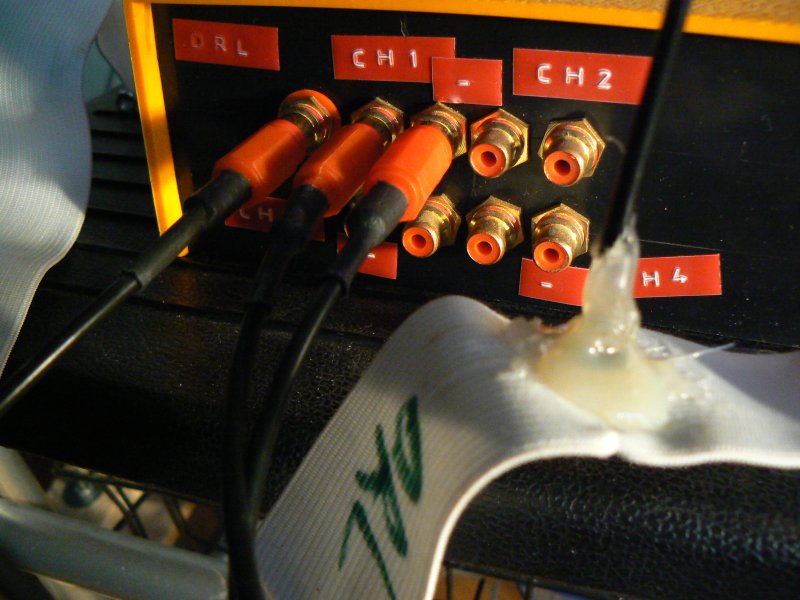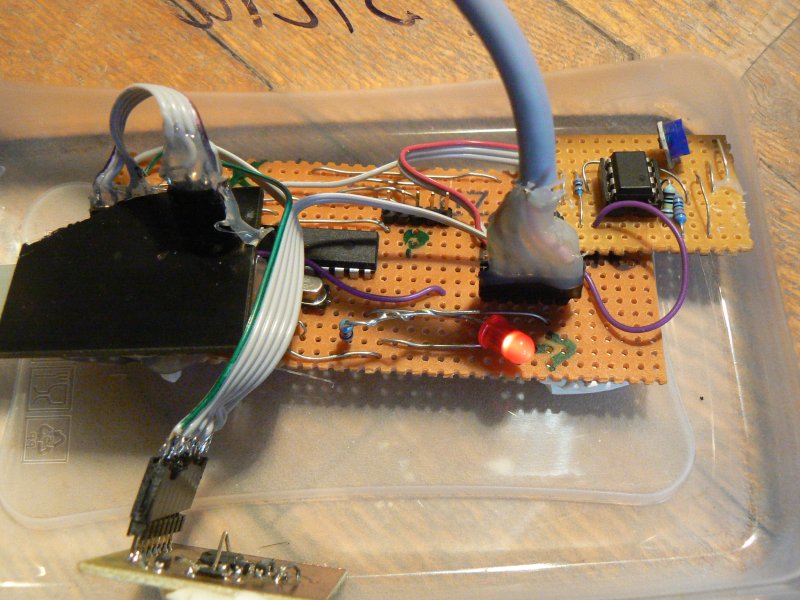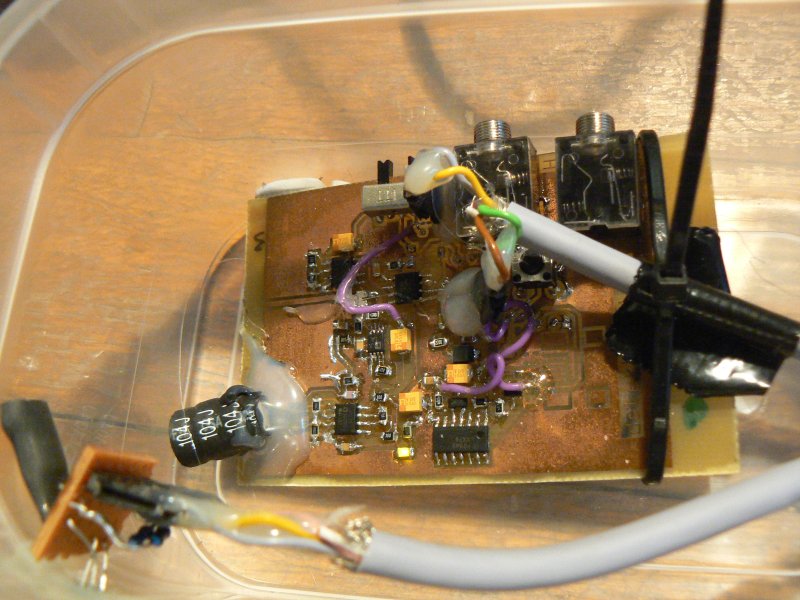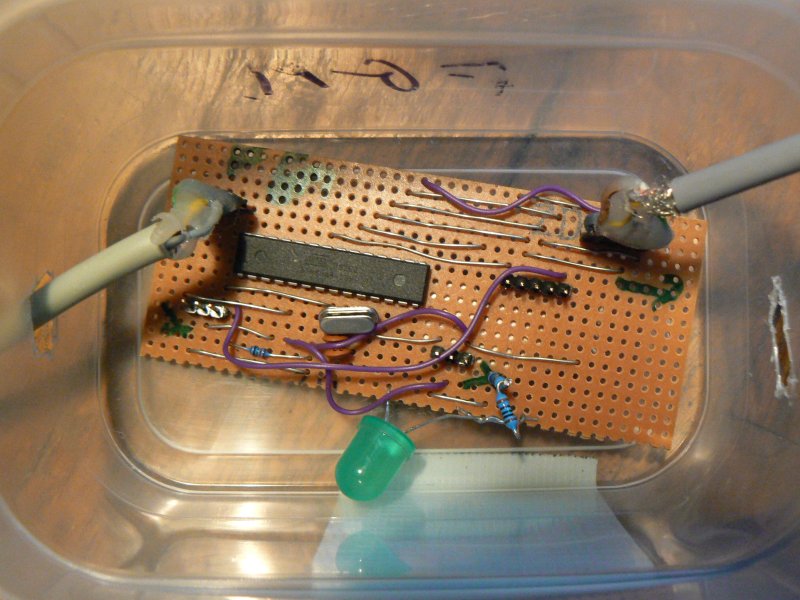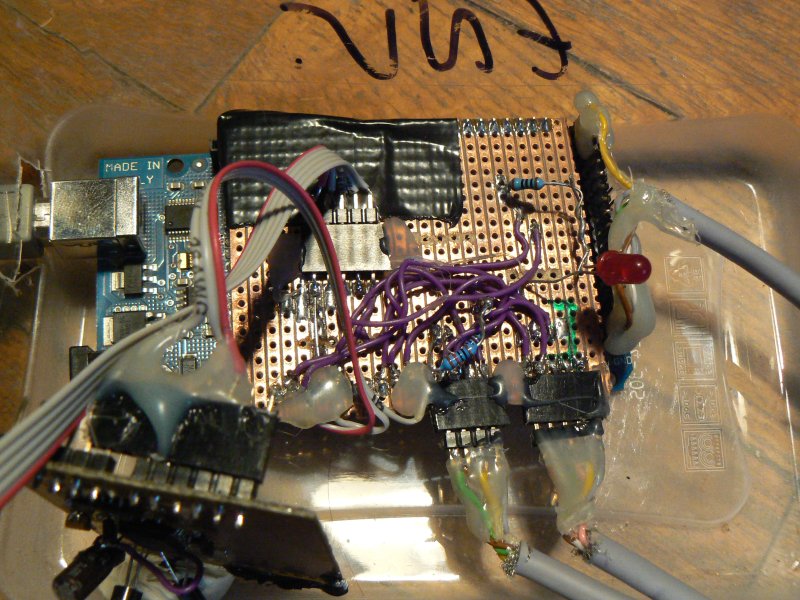Overview
Although circuit boards were designed (based on the ATmega32u4) for environment and psyche collection, due to time constraints, available materials were patched around the Arduino MEGA (environment) and self-made ATmega8-based Arduino (psyche). Both boards (and openEEG module) send retrieved data to the PC/laptop at 57,600 baud serial.
On the laptop we run:
walkerlog.py X
with X as number of attached interfaces. This logs to: timestamp.log (env and psyche) and timestamp.eeg.log (with GPS also).
plotter.py plots the first log (psyche and env) as series of mapped plots in the logimages directory.
eeg-process.py plots the FFT peaks (frequency of most energy) against GPS.
Both softwares generate and save intermediate files
EEG
Notes: DRL is on wrist, one electrode (CH1-) on ear, other electrode (CH1+) on forehead in a monopolar setup, with CH2+ and - internally connected to VGND. Testing is with eegmir (f2 and use B S followed by number for gain).
Psyche
Running psyche.pde
Cabling: green to right with USB on left.
data:fft_real(both from impedance), fft_img_data, temperature, GSR
Environment
running env.pde
- env board fits on arduino with LED bottom right
- on main board both connections from HF/LF and temp/light are green/brown on left (with usb left)
- on detector: brown/green on left and yellow/grey on right with coil top left
- on light sensor yellow/grey is on left
- FGM is connected with yellow at top to arduino
- on FGM board FGM cable is with green to left and cable to main env is with green to RIGHT
data: lat, lon, temp, light, lf, hf, ttt(FGM), accum (RNG)
